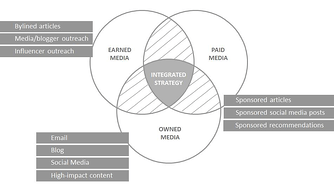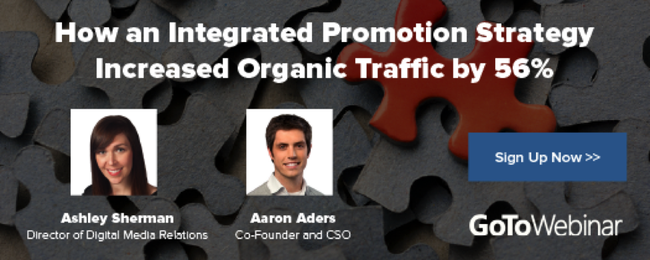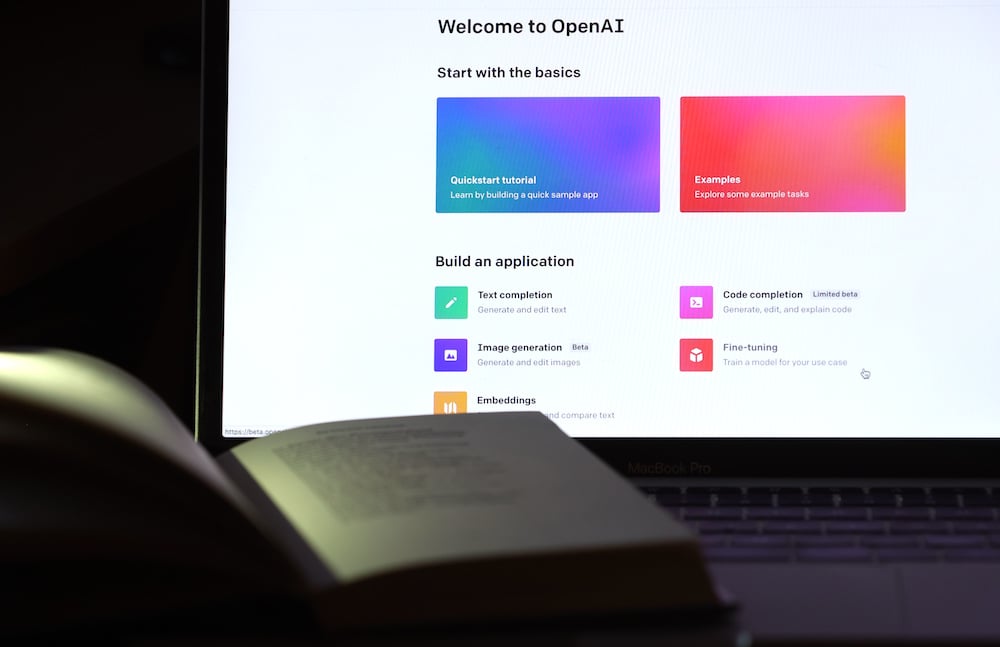

The content marketing struggle is real; every marketer knows the difficulty of serving up the right content to the right audience at the right time. Unfortunately, it won’t be getting easier any time soon. The Content Marketing Institute’s 2015 Reports show that 69% of B2C and 70% of B2B marketers are creating more content this year than last year.
Consumers are already inundated with content everywhere they go, and in an age of increasing adoption and production, brands are reeling in the wake of wasted content investments.
It’s no secret any more that content and promotion go hand-in-hand. Most content marketers have learned (probably the hard way) that they can’t just create content and expect consumers to find it, engage with it, and share it. In the Content Promotion Manifesto, Chad Pollitt uses real world examples from enterprise organizations to illustrate how brands can actually step down content production and step up promotion to achieve better results.
This article doesn’t explain why promotion is necessary; instead, it explains how to execute a well-informed and integrated promotion strategy that will maximize returns across paid, earned and owned channels.
Step 1: Know Your Promotion Options
As indicated in the diagram below, a truly integrated promotion strategy is one that balances converged media—paid, earned, and owned tactics deployed in unification. There are plenty of options at your disposal; striking the right balance will be up to you.

Paid media is any form of content promotion in which a brand pays to leverage or access a new audience. Paid promotion tactics, most of which fall into the bucket of native advertising, offer marketers a high level of targeting and control. They are especially useful for generating immediate returns, whether through impressions or traffic, and, generally speaking, the more you put in, the more you get out.
Earned media is any form of promotion that a brand earns, rather than pays for, in order to reach a new audience. “Earning” can be somewhat of a misnomer, though, as coverage can be accomplished through a variety of methods ranging from targeted PR efforts to simply creating amazing content that influencers are inclined to share. Earned media offers marketers the opportunity for greatest returns (potentially limitless), but also the least control and predictability.
Owned media is any form of promotion that leverages a brand’s owned channels to reach an existing audience. Often referred to as broadcasting, this is as an opportunity to craft intentional and personalized messages to influence people that are already fans of your content. It’s likely you already have a solid understanding of your audience’s interests, needs, and preferences, so owned media promotion can offer marketers the highest level of targeting and control.
Step 2: Research
It’s critical to understand the landscape of publishers and individuals that exert influence on your target audience. Tools like Buzzsumo, Sharetally, Followerwonk, Social Crawlytics and HubSpot's Social Inbox can help guide overall creation and placement strategy. This research should occur before the actual creation of content because significant media outlets and influencers in an industry can act as sounding boards or, better yet, contributors to that content.
The ultimate goal of the research step is to identify the optimal paid and earned promotion opportunities that will provide access to your prospects. The insights gained will allow you to start building relationships with influencers and paid promotion vendors before your content is live.
Step 3: Planning
Once paid and earned promotion opportunities have been identified, it’s time to start planning your campaign. Be sure to consider each of the following:
- Goals: What are the goals of your campaign? Will success be measured by impressions, qualified traffic, social shares, on-site conversions, or some combination of the above? Knowing your KPIs from the outset will simplify the measurement process.
- Budget: How much budget is available specifically for promotion of your content? This will likely affect your integrated promotion mix across paid, earned, and owned channels. Less money in the budget, of course, means less ability to rely on paid tactics to gain traction quickly with new audiences.
- Timing: Timing is critical in an integrated promotion strategy. Some content campaigns are time sensitive (think seasonality), but all campaigns have to be considered within the entire time frame of research, planning, production and promotion. Timing for earned media efforts can be especially challenging as you will often find yourself at the mercy of someone else’s content calendar.
- Synchronization with existing efforts: What other marketing campaigns are you running at the same time? Is there an opportunity to work together to maximize an outcome? Or perhaps there are certain channels and/or influencers you should avoid?
Step 4: Executing Your Integrated Promotion Strategy
Armed with the knowledge from steps 1-3, you’re now ready to execute your promotion strategy. The following infographic, appropriately titled The Content Promotion Strategy Decision Tree, can be used as a guide to determine best practices based on your time frame, budget, and goals.

Step 5: Measurement
In an age of data and analytics, there’s no excuse to not measure (and prove) the results from your content marketing campaigns. It’s no different when promotion is involved and there are some simple best practices that all marketers should be aware of:
- Analytics software: Regardless of what you use (Google Analytics, Site Catalyst, Moz, HubSpot, none of the above, any combination of the above), it’s crucial to set up campaigns and monitor them accordingly. Regularly pull reports to analyze your performance, and then adjust accordingly.
- Tagged/Tracking URLs: These are an analyst’s best friend, and they’ll make it very simple to track multiple ongoing cross-channel campaigns within your analytics software.
- Monitor social performance: Tools like Buzzsumo and Sharetally can be used to examine your content’s engagement levels via social networks.
From Content Marketing to Marketing Content
2015 will be remembered as the year that marketers changed their mindset from content marketing to marketing content. Content marketing is no longer just about creating the right content; it’s about making sure that content is in the right place at the right time to build relationships with and influence your audience most effectively. An integrated promotion strategy bridges the gap between the two approaches, and it’s the key to getting the results you want—and deserve—from your content investments.
Join us Thursday, February 19th at 1 pm EST for a webinar and interactive forum that will showcase the results from an integrated promotion strategy that increased a company’s organic traffic by 56%.



![What Businesses Get Wrong About Content Marketing in 2024 [Expert Tips]](https://blog.hubspot.com/hubfs/half-hearted%20content%20marketing.png)

![The State of Content Marketing in 2023 [Stats & Trends to Watch]](https://blog.hubspot.com/hubfs/the%20state%20of%20content%20marketing%202023.jpg)



![16 Best Ways to Increase Content Reach [+Free Content Reach Kit]](https://blog.hubspot.com/hubfs/Copy%20of%20Untitled-Oct-27-2021-03-48-51-18-AM.png)
